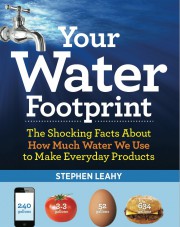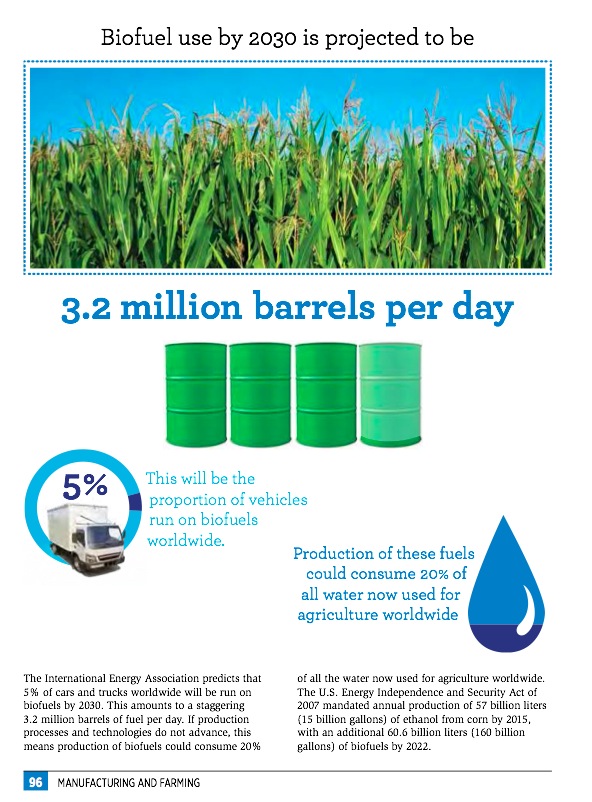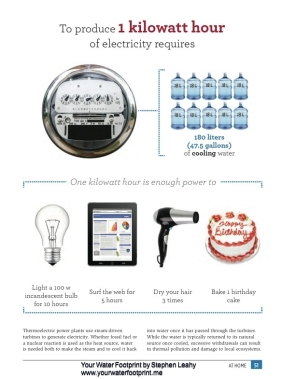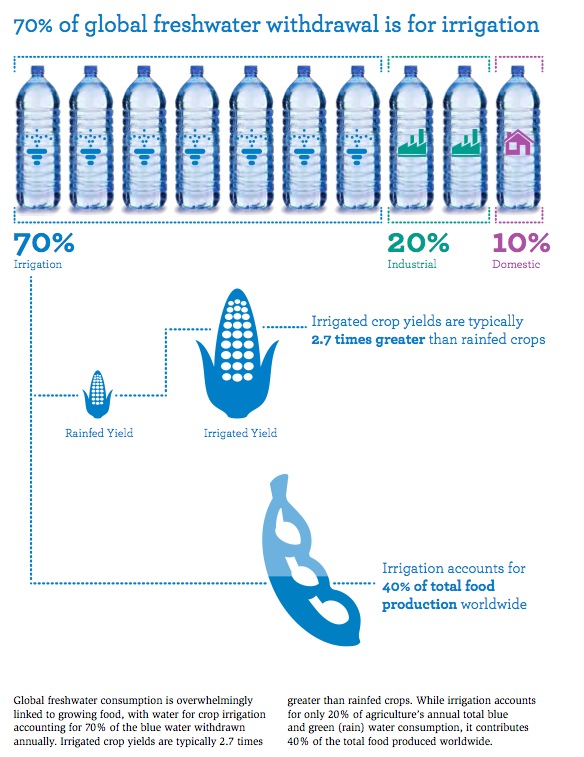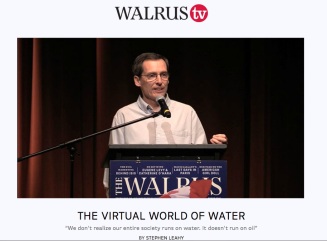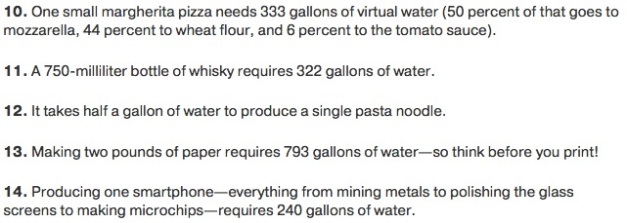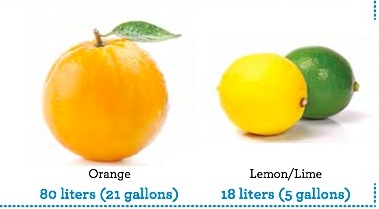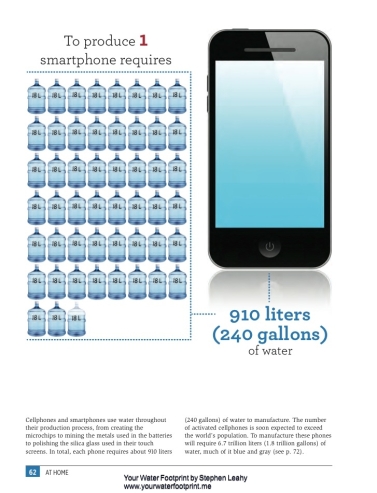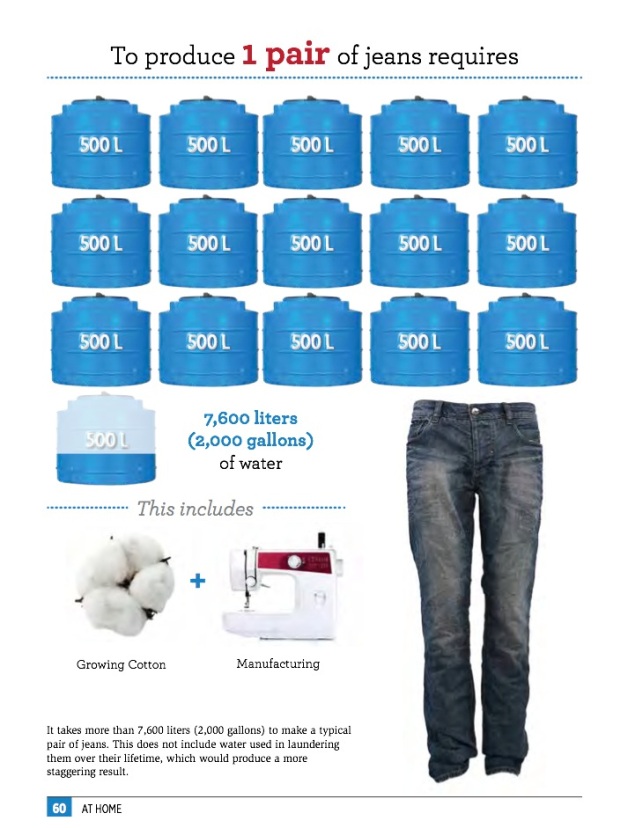
Infographic from Your Water Footprint
History in Your Jeans
One way or another your jeans came from the Indus Valley in Pakistan and northeast India. The Indus is a huge valley and river system that drains part of the Himalayan Mountains and is the birthplace of cotton. River and groundwater are used to irrigate rows of cotton plants.
The jeans you’re wearing contain about 800 grams (28 ounces) of cotton, and it took a whopping 15,000 liters (3,960 gallons) of water to grow that much cotton in this dry part of the world. Most of the water evaporated or was used by the cotton plants, and some ended up as wastewater or gray water. That raw cotton was shipped to an urban center or to another country such as Bangladesh, the biggest exporter of textiles. In the factory the raw cotton is washed, dyed and then washed again.
If you think about it, putting on our clothing is like wearing some of the water, soil and sun of faraway places such as the Indus Valley in Pakistan, and the labor of the hard-working hands in the cotton mills of Dhaka, Bangladesh.
How to save thousands of litres (gallons) of water
- Shop at Thrift Stores -save 2,900 liters (766 gallons) by just buying a previously-loved T-shirt!
- Shop Organic – cotton grown without the use of insecticides and chemical fertilizers, and thus it has a smaller water footprint because it produces little water pollution.
- Buy Local – U.S. cotton has a water footprint of 8,100 liters (2,140 gallons) per kilogram, much less than other countries
Your Water Footprint
Winner, Best Science Book in Canada; First Place NYC Green Book Festival
We don’t realize our societies run on water not oil. There is no electricity or gasoline without water. Nothing can be manufactured without water. The critically-acclaimed book Your Water Footprint (YWF), uses info graphics to reveal the enormous quantities of water that are used to make the clothes we wear, the electronic devices we use and the food we eat.
On average our daily water footprint amounts to 8,000 litres (2100 gal). This is the net amount, water that can’t be reused.
Water-wise choices is all about smart substitutions and changes in habits
Your Water Footprint: The Shocking Facts About How Much Water We Use To Make Everyday Product
160 Pages, 125 Unique Infographics, only $19.95 Paperback Order today
(Now available on Kindle)
